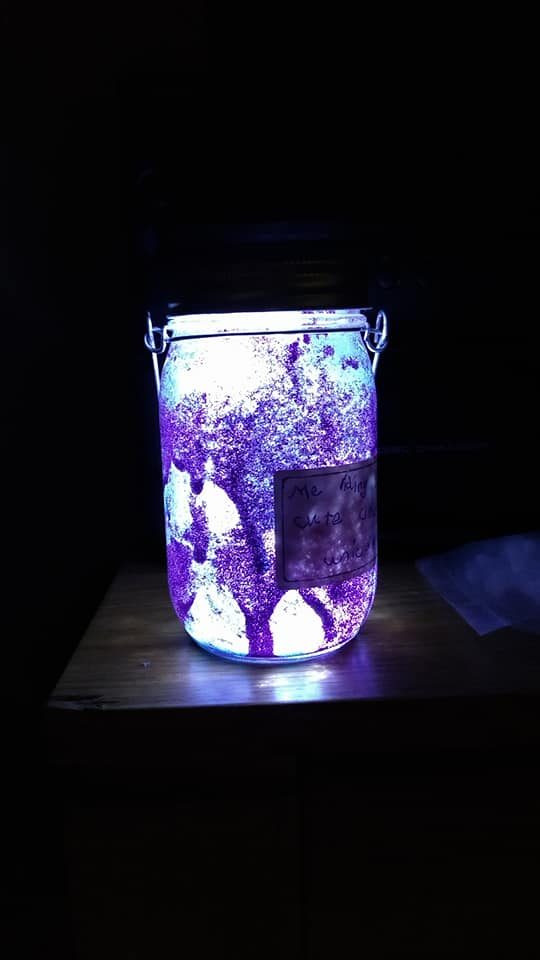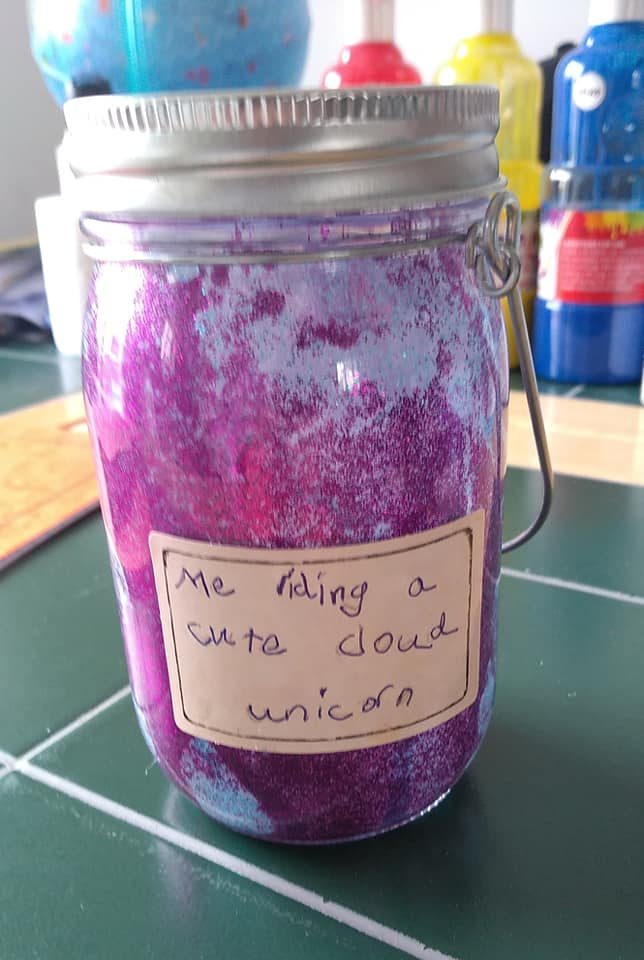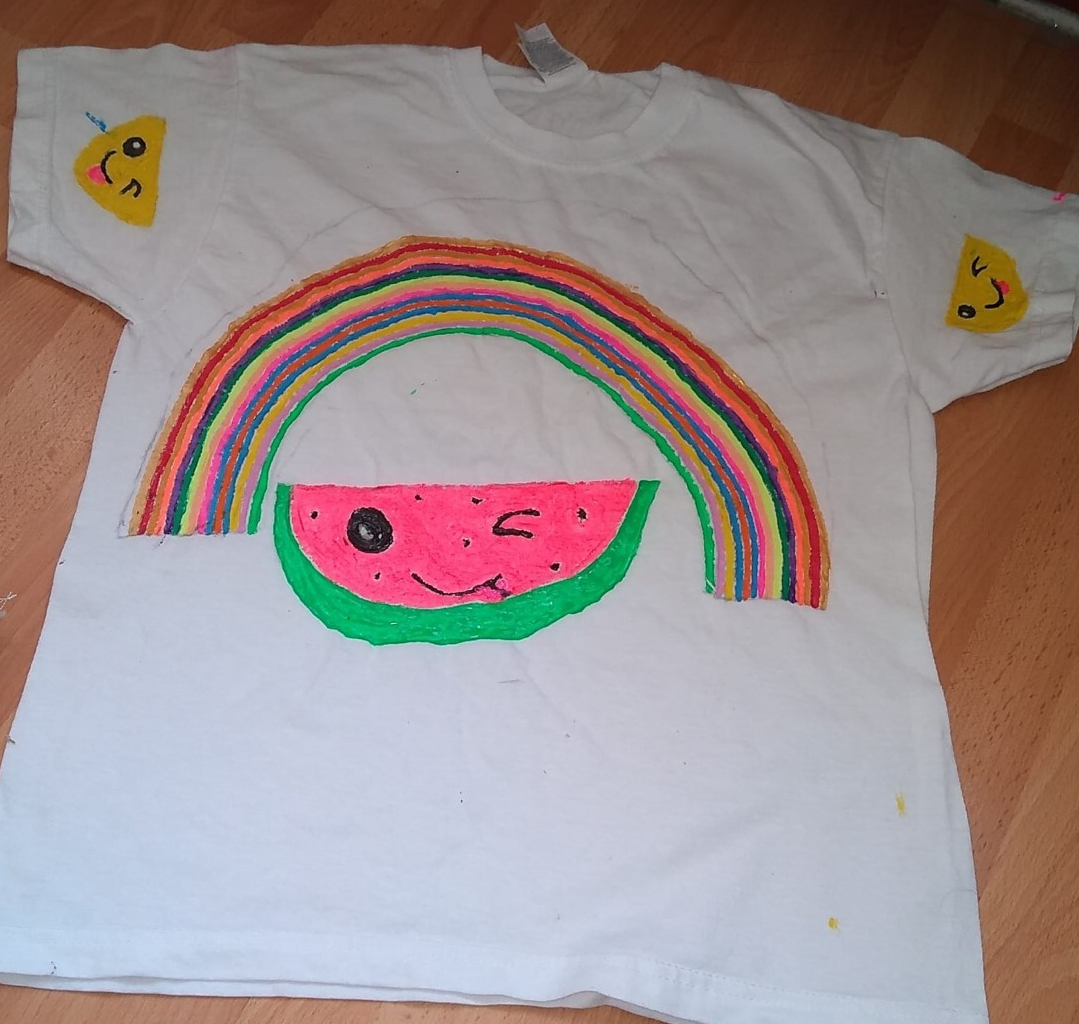21/05/2020
by Mr Carruthers
0 comments
Two weeks ago I challenged my class to build a Bug Hotel for their garden.
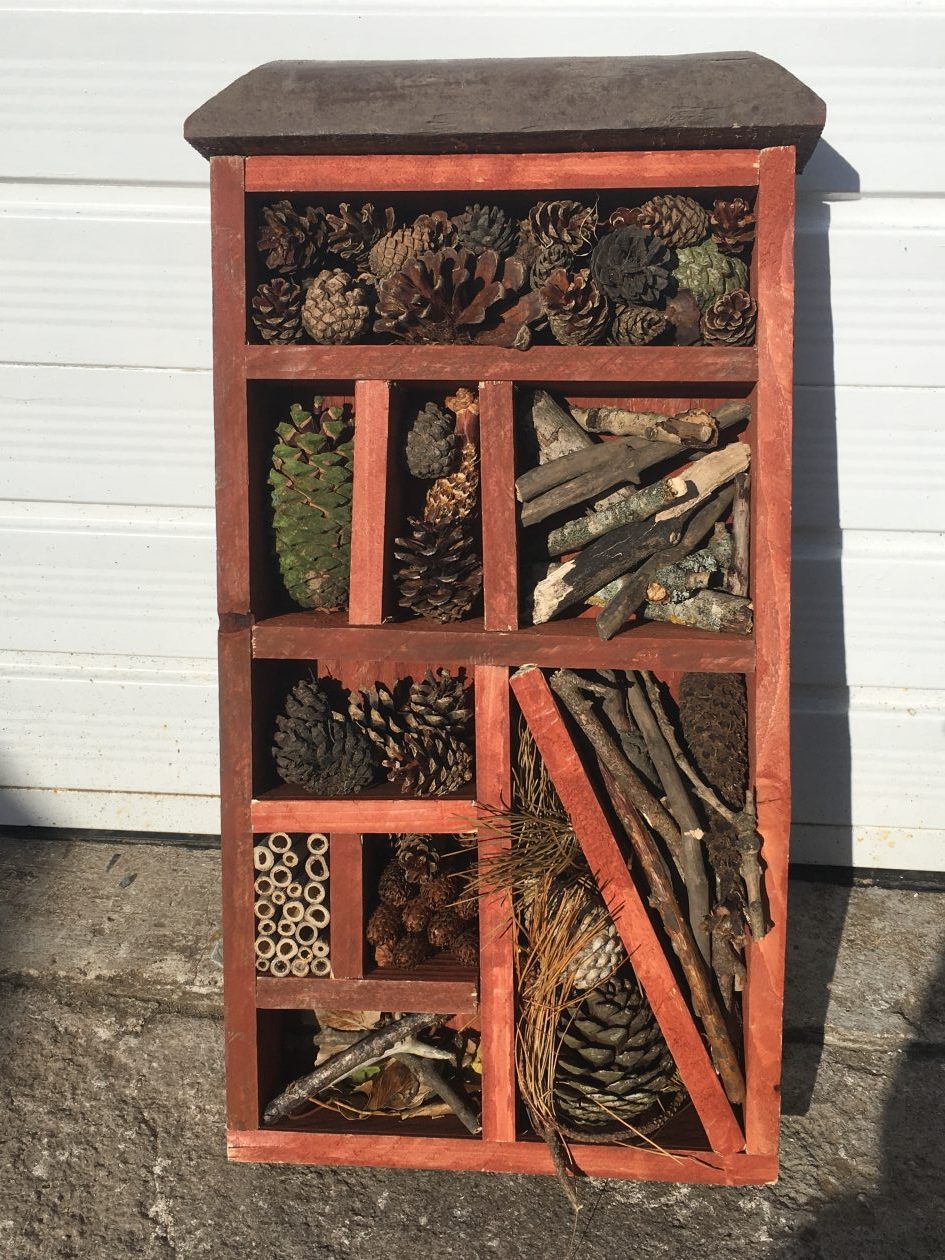
My daughter and I made this one.
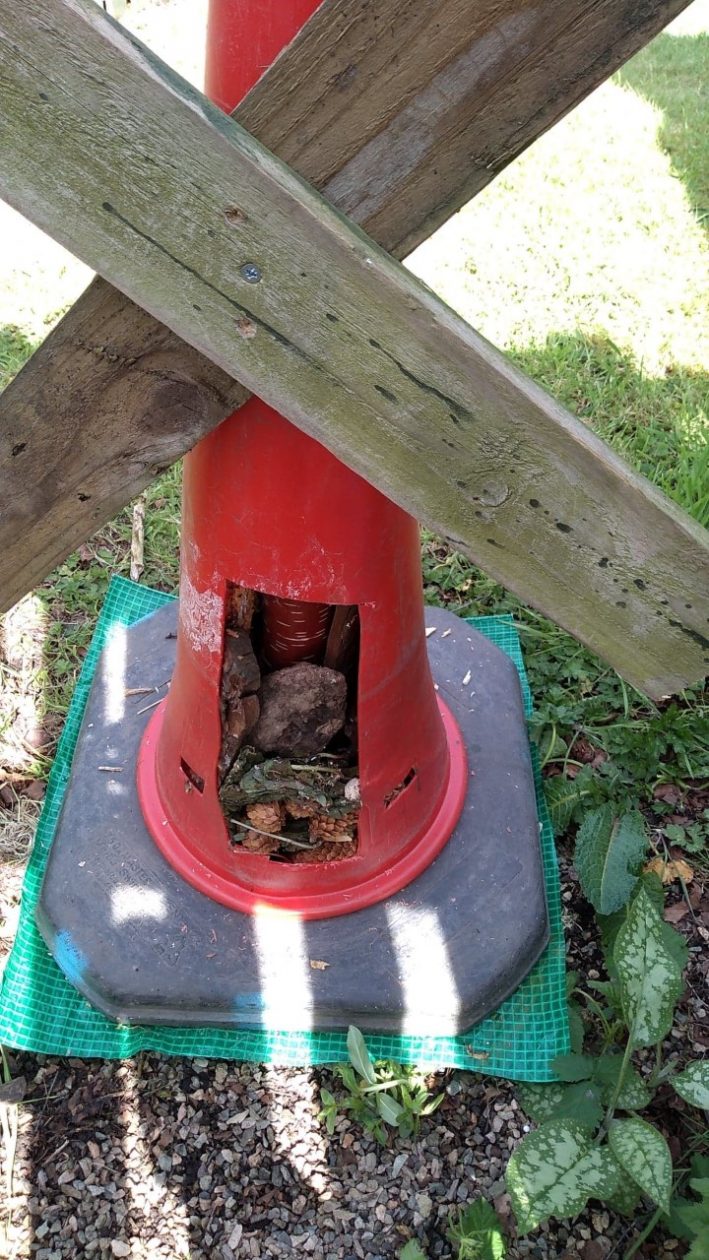
Fantastic Windmill Bug Hotel by Abi
I gave them access to the following instructions from RED TED ART, feel free to make one yourself.
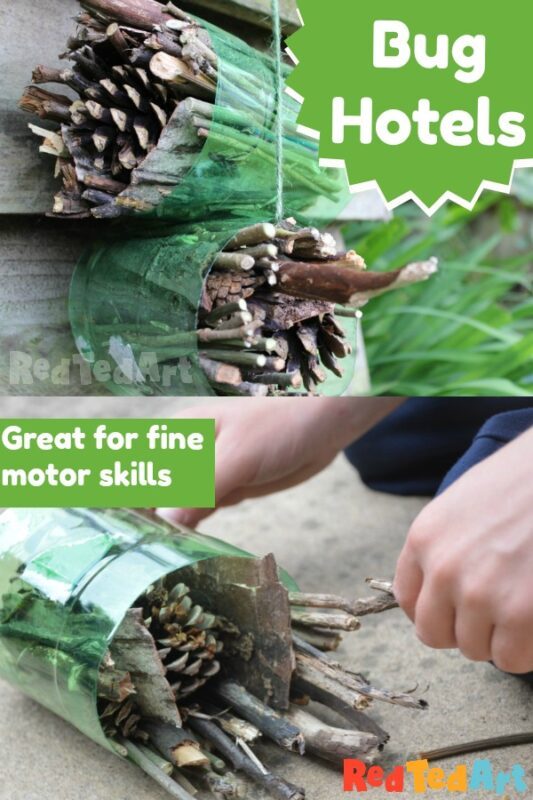
RED TED ART:
Both my kids adore digging around in the garden and exploring – finding ants and beetles and worms and bugs. So I knew it wouldn’t be long before we HAD to make a simple Bug Hotel with them – the perfect Garden Craft for kids to get stuck into.
Our easy bug hotel is probably as simple and as easy as it gets – there are many prettier and cleverer bug hotels out there, but sometimes, you just have to make do with what you have and also make it easy for the kids to join in.
- A large plastic bottle cut into two cylinders,
- sticks,
- pine cones,
- bark
- anything else you can find – bamboo with its holes is great too!
We also had some broken plant pots but forgot all about them. Other bug hotels include other materials such as corn and drilled pieces of wood – to provide different nooks and crannies.
But in essence, I would say: “think natural”, “think nooks and crannies”, “think what will last” (e.g. paper could go soggy and leaves will go brittle and break/ disintegrate). It is great to use things from YOUR local environment, as you are looking to attract bugs and beetles and insects from the same local environment.
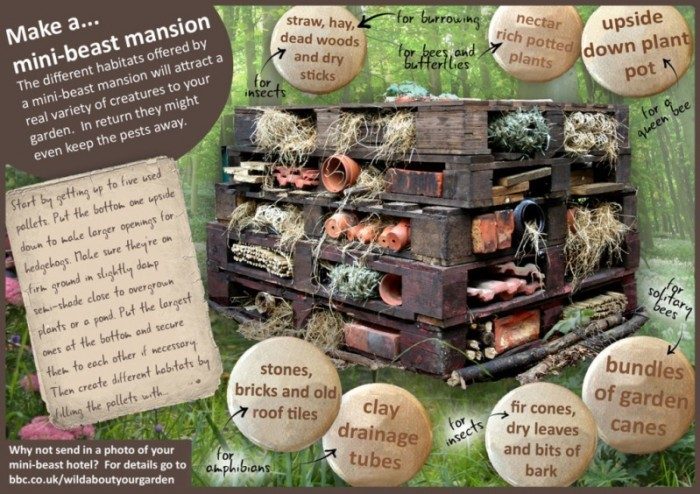
I love this information page from the BBC.












